Amateur cloud-spotters lobbied to add this beautiful new cloud to the International Cloud Atlas
Gavin Pretor-Pinney, the London-based president of the Cloud Appreciation Society, first saw the unusual cloud in 2006. A member of the amateur cloud-spotting group in Cedar Creeks, Iowa emailed a photo of an oddly wavy cloud, and asked how it would be classified.
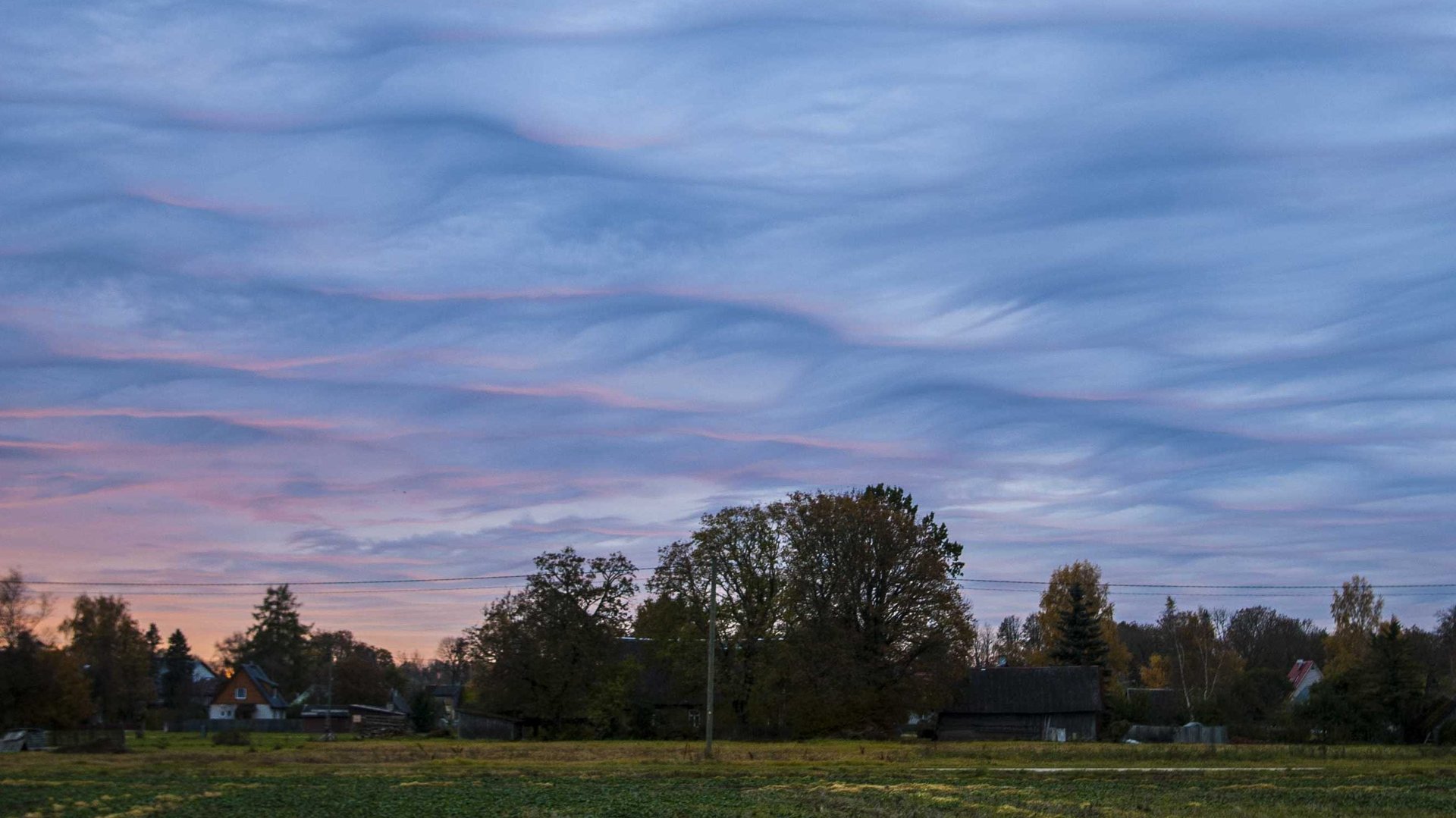

Gavin Pretor-Pinney, the London-based president of the Cloud Appreciation Society, first saw the unusual cloud in 2006. A member of the amateur cloud-spotting group in Cedar Creeks, Iowa emailed a photo of an oddly wavy cloud, and asked how it would be classified.
“Here was this weird turbulent wave cloud,” Pretor-Pinney recalls. “It looked like you were beneath the surface of the sea on a really choppy, rough day when the sea surface is being churned about.”
Its shape was similar to what the World Meteorological Organization (WMO) would categorize as an undulatus formation, but was “more intense, more chaotic.” The WMO’s International Cloud Atlas, first published in 1896, didn’t include anything like it.
Every six months or so, a similar image would arrive, maybe from Scotland, or Australia. The president and others began to feel that a new label was needed to fit the unfamiliar cloud. In 2008, the amateur cloud-spotting group proposed the name asperitas, Latin for “roughness,” and submitted the idea to the WMO.
Nearly 10 years after they floated the idea, the society’s efforts paid off: the WMO has added the asperitas to the updated International Cloud Atlas, released online earlier this week.
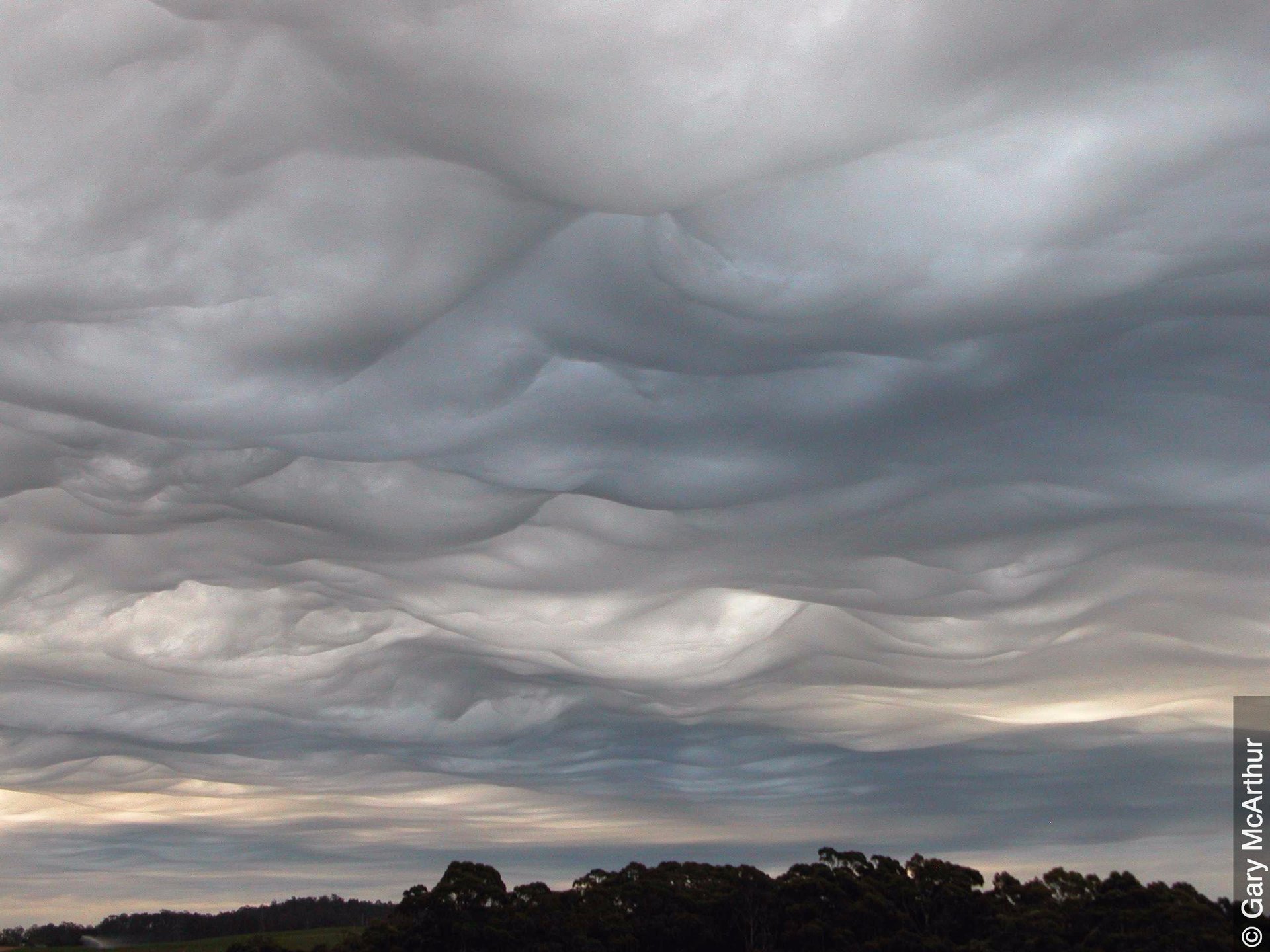
Pretor-Pinney has been interviewed by the BBC and others since the new atlas went public. “The media loves the idea of the David and Goliath thing,” he says, “with me and my eccentric society up against a most bureaucratic, all-encompassing body like the World Meteorological Organization, policing this venerable old classification system.”
But it didn’t happen quite like that, he says. Although the WMO initially resisted change simply because it rarely updates the world’s most authoritative source on cloud science—the last amendments were made in 1987—the office chose to add the asperitas cloud while moving the whole atlas online, making the source available to schoolchildren, teachers, and sky gazers everywhere. In its press statement about the online launch, the WMO acknowledged that the asperitas had “captured the public imagination.”
“Cloud nerds,” as Pretor-Pinney calls them, as well as professional meteorologists, describe clouds according to their altitude, shape, dimension, texture, luminance and color. They are officially categorized by genera (cirrus, cumulus, stratus, etc.), species (the castellanus, for instance, has turrets that give it a castle-like appearance), and varieties.
These can also have supplementary features, of which the WMO’s update welcomed five, including asperitas. The other four are cloud types that amateurs and scientists have long been aware of, but the update gave them Latin names. Now a “wall cloud,” sometimes called a “pedestal cloud,” which develops in a storm and may produce tornadoes, is called a murus. A “hole-punch cloud” is a cavum. A cloud formation that includes a long horizontal tail has been christened a cauda. The Kelvin-Helmholtz wave cloud, originally named for the two 19th-century physicists whose theory explained the turbulence that created the pattern (imagine a string of Hokusai waves ) has been titled a fluctus.
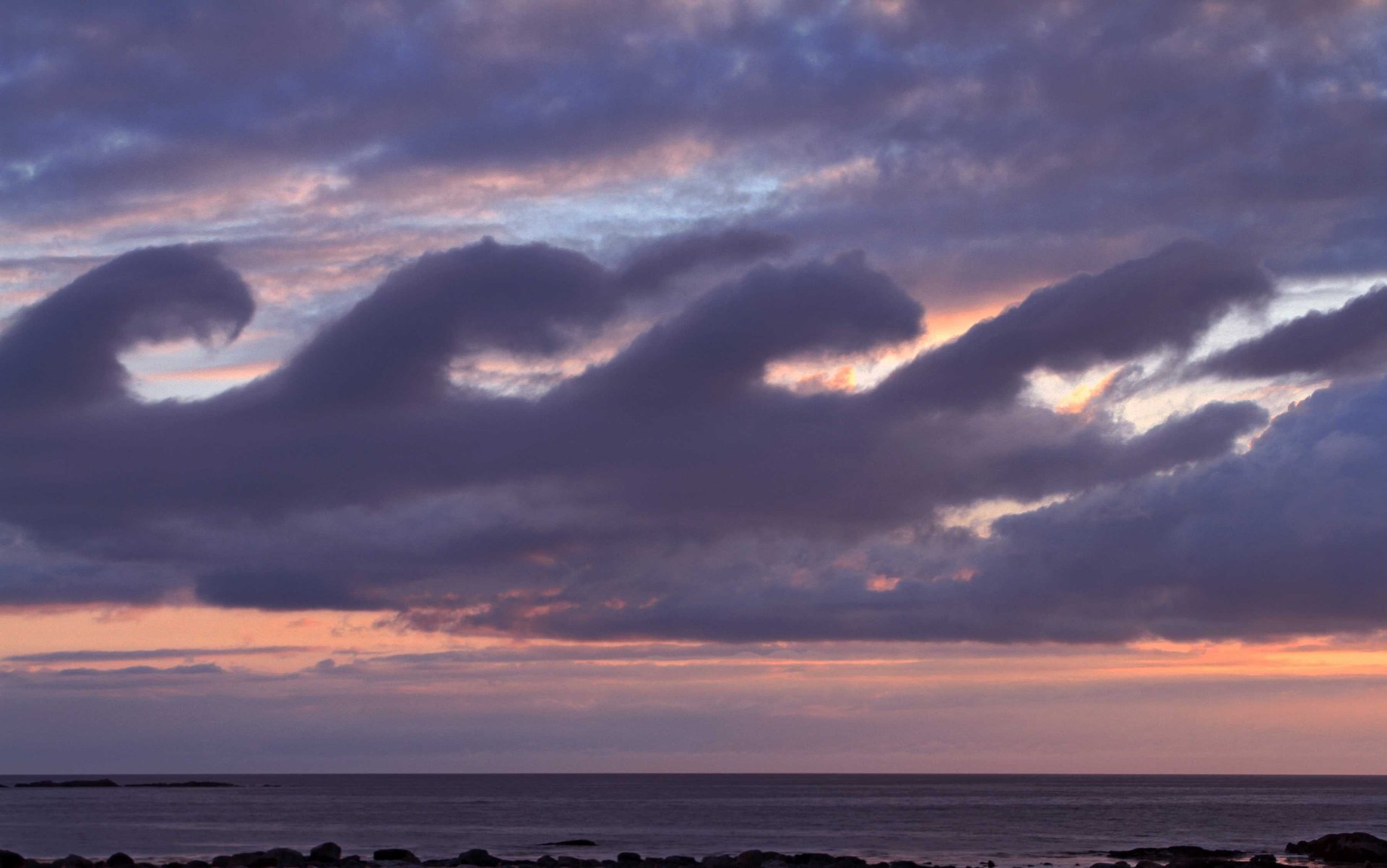

Furthermore, the flumen, a new type of “accessory” cloud—a kind of sidekick to a larger cloud— was added to the atlas, as were five “special clouds,” all of which were named for how they’re formed. These are the cataractagenitus, which assembles over a large waterfall; silvagenitus, fed by trees in periods of high humidity; flammagenitus, generated by fire or combustion; homogenitus, human-made, as in the cloud above a cooling tower at a power plant; and, finally, homomutatus, which would have started life as a homogenitus cloud, but mutated into a more natural shape. Finally, the WMO also made room for a new species, the volutus, or roll cloud.
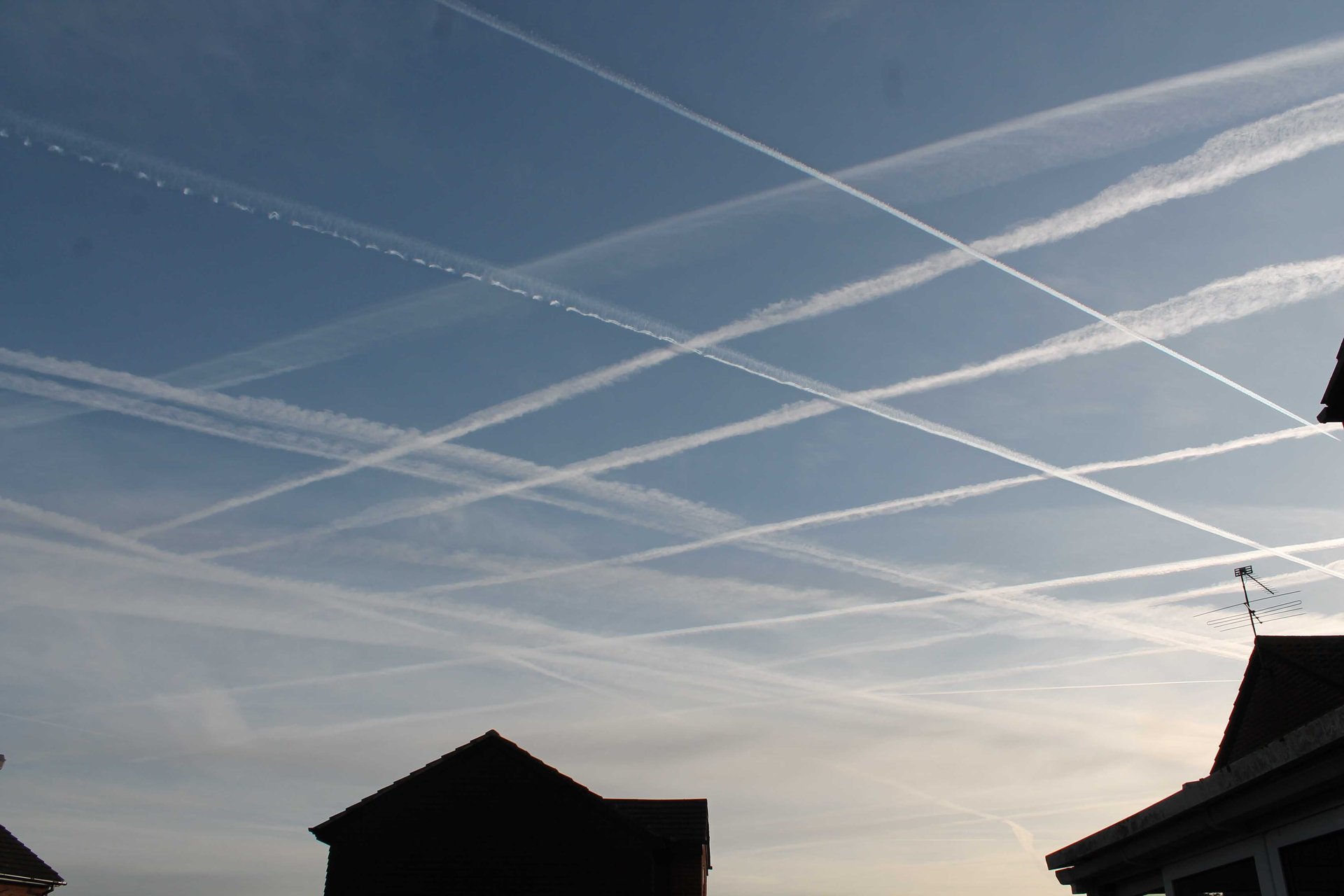
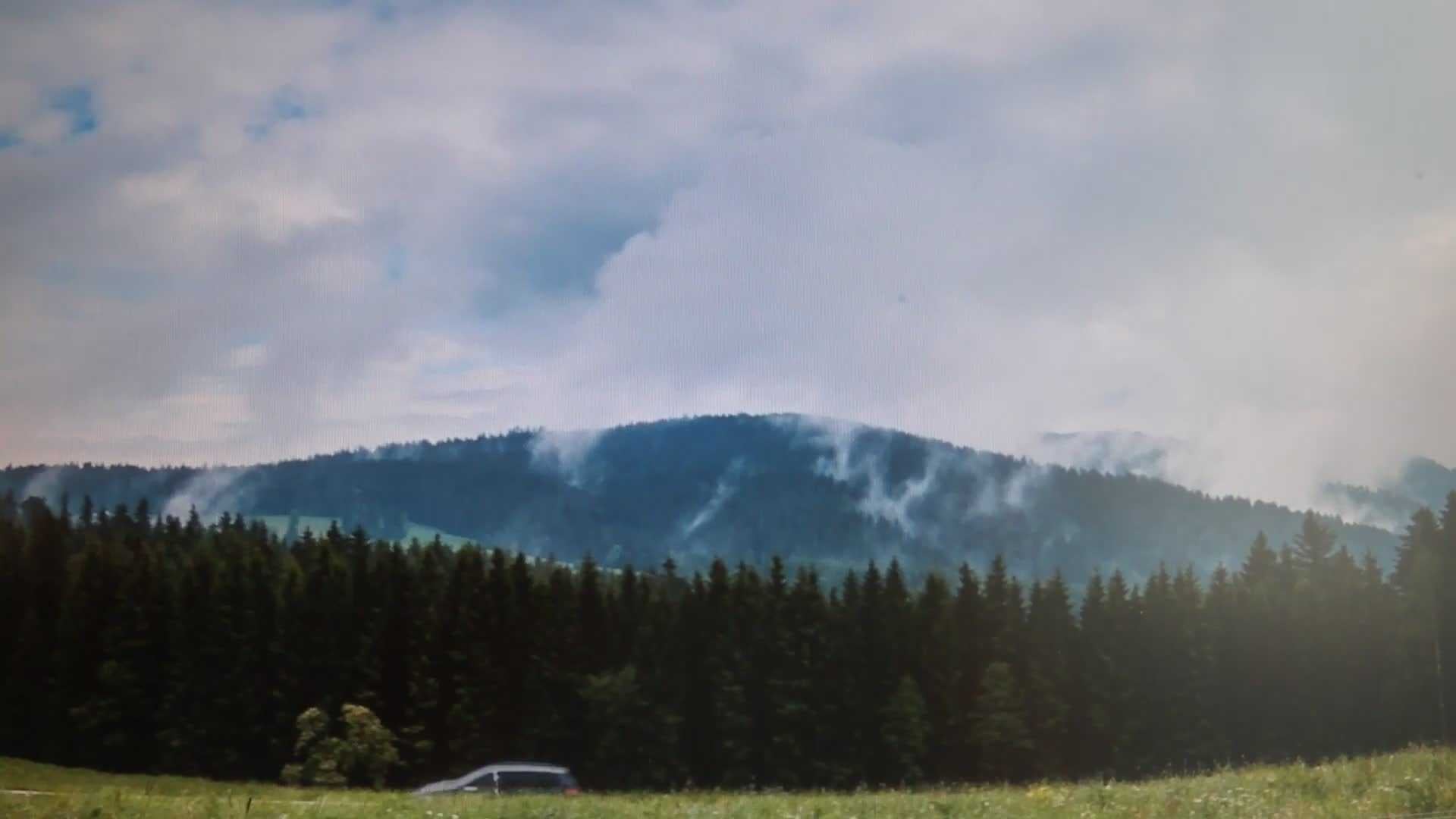

Since it was founded 11 years ago, the Cloud Appreciation Society has attracted 43,000 members. That gives Pretor-Pinney the benefit of being in the center of a wide network of smartphone-enabled cloudspotters, able to see patterns that official weather observers, who are typically stationed at airports, might miss. He believes that edge allowed the group to spot the asperitas first. “The public sees the atmosphere differently,” he says.
Historically, cloud-spotting has always lent itself to amateurs. Its classification system was invented in 1802 by a cloud-loving pharmacist. Pretor-Pinney says he places himself somewhere between the general public and a scientist: He enrolled at Oxford University to study physics and philosophy, but switched to philosophy and psychology, became an art director for most of his career, before he began writing science books.
He calls “the urge to divide up the ever-changing, ever mutating forms of the sky,” ultimately about humans, and “our desire to know it.”
“Part of the beauty of the sky is its chaotic and boundless nature, and yet we humans can’t bear something that we can’t categorize and give names to and put into pigeonholes,” he tells Quartz, “And yet, the clouds keep moving, changing from one form into another. They almost mock our ability to put them in compartments.”
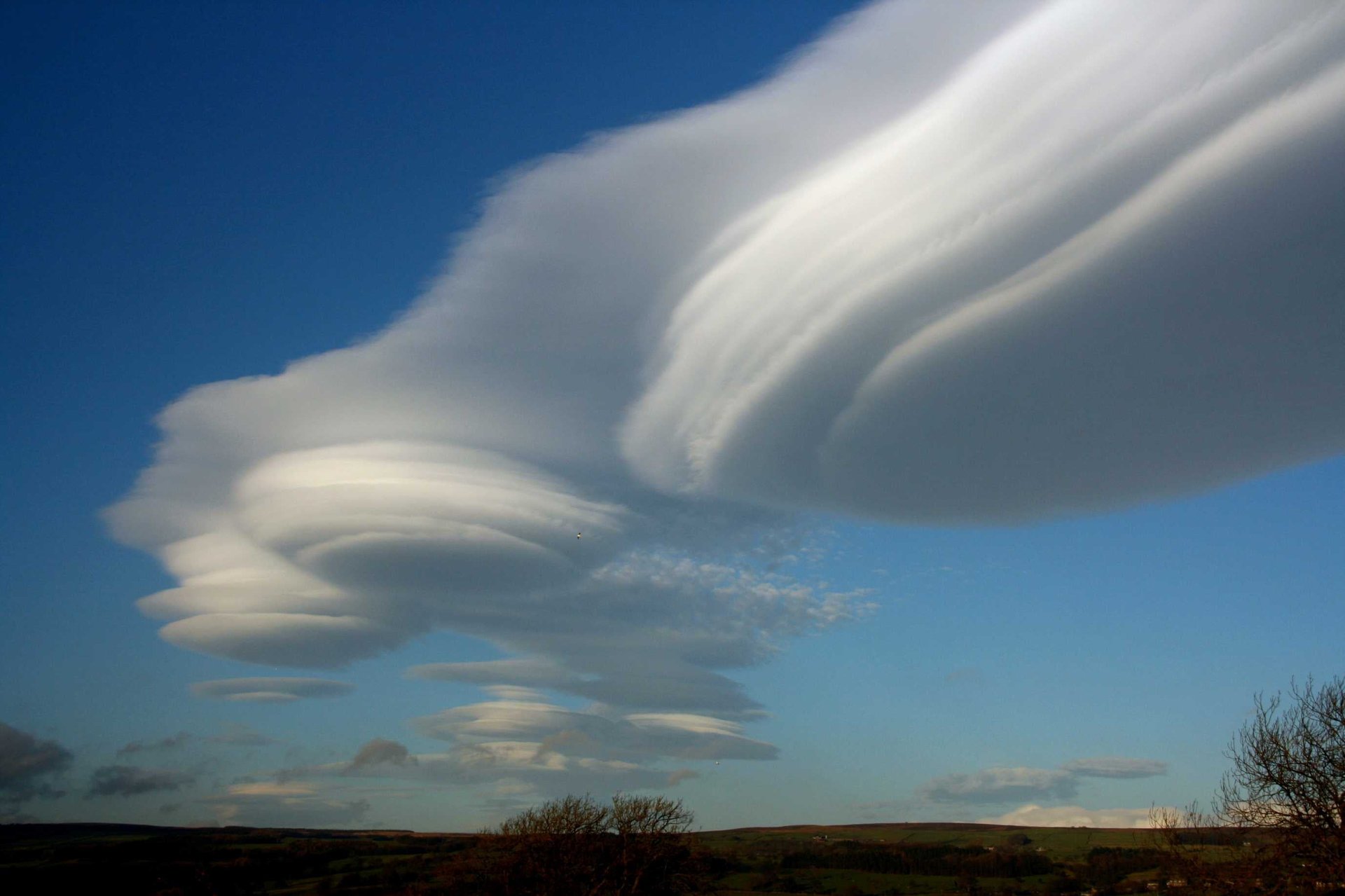
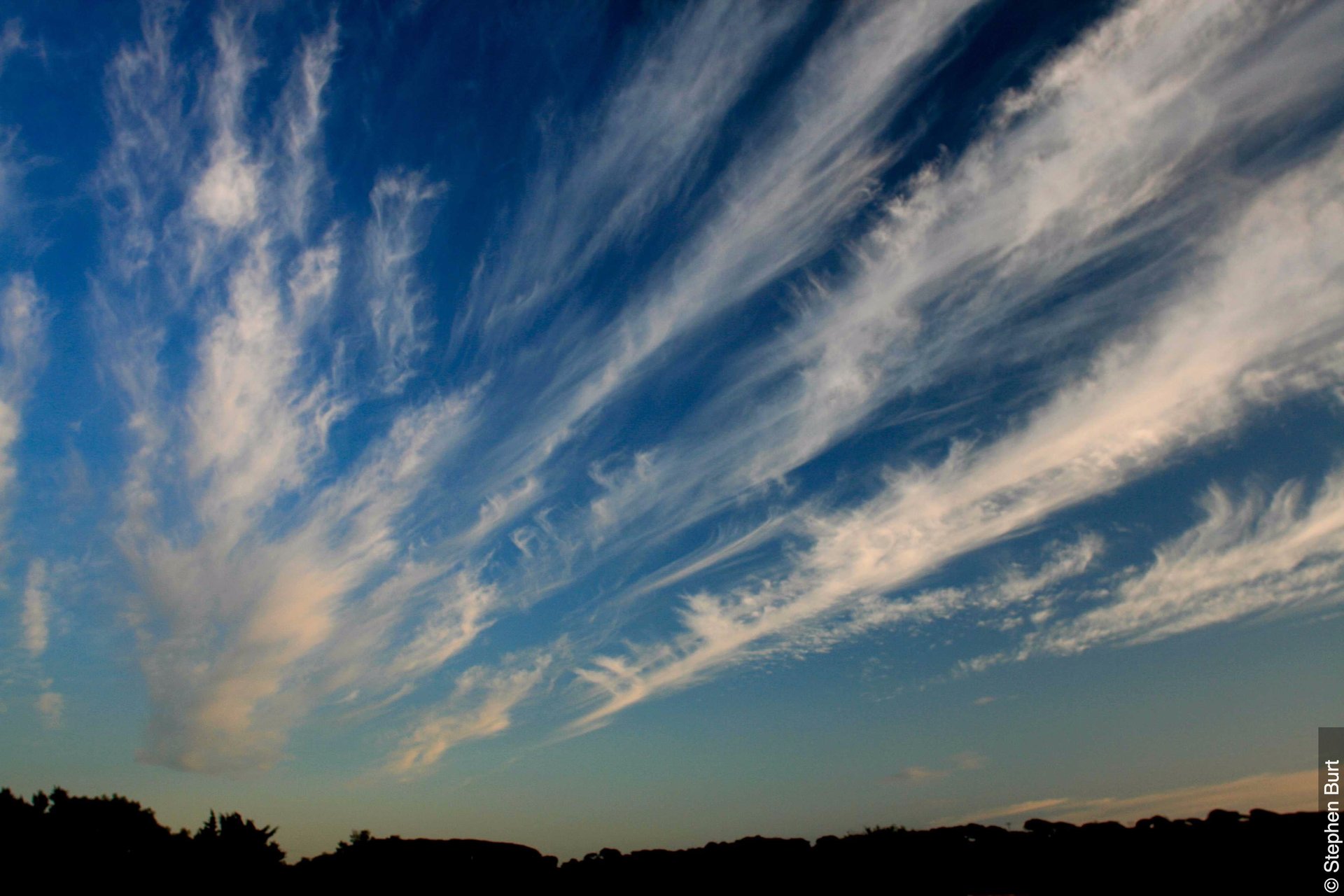
That is not to say that cloud-gazing is a futile activity. Not only do scientists gain vital information about weather patterns and forecasts from clouds, but they give humans something awe-inspiring to contemplate, write stirring odes to, photograph and paint. Because the world shares one sky, they also remind us of our interconnectedness.
Naming clouds, says Pretor-Pinney, builds a deeper connection to what’s visible in our atmosphere, “which also makes us care more about what we’re doing to it.”
More than anything, however, keeping one’s head literally in the clouds is good for the soul, he argues, especially at a time when an addiction to screens and busyness has left little time for the mind to wander. “It’s a great counterbalance to the pressure of the modern world,” he says, “It helps you de-connect from the pressures down here on the ground.”